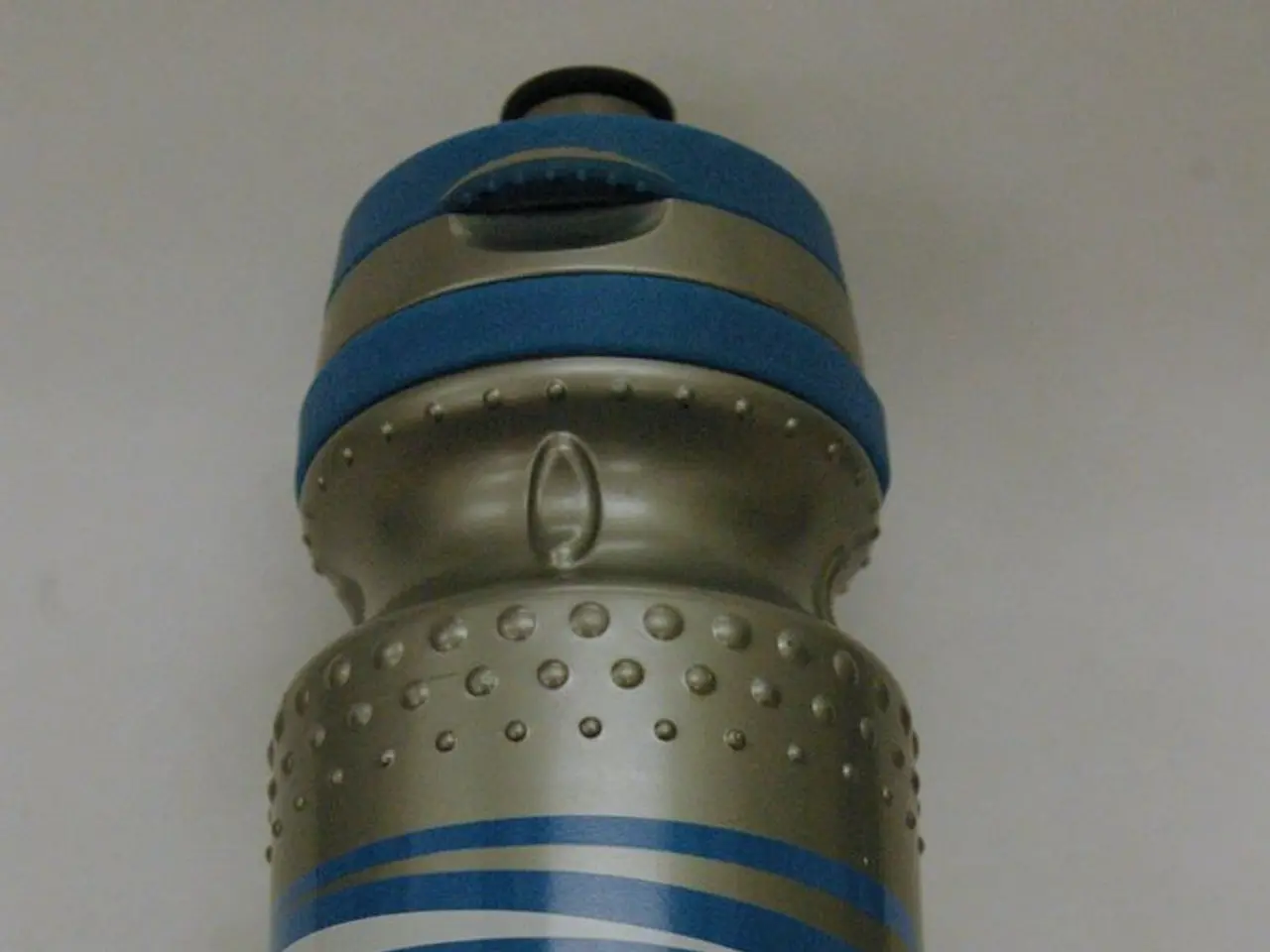Understanding Multifocal Motor Neuropathy: An Examination of Its Nature
Multifocal Motor Neuropathy (MMN), a rare neurological disorder, primarily affects motor nerves, leading to muscle weakness and atrophy. Diagnosing MMN can be challenging due to its similarity to other conditions and typically includes clinical examination, electromyography (EMG), nerve conduction studies, blood tests, and symptoms evaluation.
Considered an autoimmune disorder, MMN occurs when the body's immune system mistakenly attacks its own nerve fibers. The progression of MMN varies widely among individuals, with some experiencing a gradual worsening of symptoms while others have periods of stability.
Fortunately, treatment options are available for MMN. Intravenous Immunoglobulin (IVIG) is the primary treatment, proven effective in improving muscle strength through several randomized controlled trials. IVIG is typically administered via intravenous infusion, often in a healthcare setting, but can be self-administered at home with appropriate training. Treatments are usually required monthly, though frequency may vary. Significant improvement is observed in muscle strength within three to six weeks, but effects are temporary, necessitating ongoing treatment.
If IVIG is ineffective, cyclophosphamide may be used as a second-line treatment due to its immunosuppressive effects. However, it carries significant side effects and is used cautiously. Other alternative therapies include physical therapy, heat therapy, therapeutic massages, electrical stimulation, and trigger point injections, which can help manage symptoms and improve quality of life.
Pregabalin or Duloxetine may be used to manage neuropathic pain associated with MMN. Participating in ongoing clinical trials can provide access to new treatments and therapies that are under investigation.
The prognosis for individuals diagnosed with MMN varies widely, influenced by factors such as early diagnosis, treatment response, and individual variability. It is essential to seek professional support when needed, whether it's a neurologist, physical therapist, or counselor, to provide guidance and support tailored to your specific needs.
Living with Multifocal Motor Neuropathy can be challenging, but with the right support and strategies, individuals can lead fulfilling lives. Making modifications to your home and work environment can enhance safety and accessibility. Consider using assistive devices, arranging furniture to create clear pathways, and implementing ergonomic solutions at work.
Self-care is essential for managing MMN. This includes maintaining a balanced diet, staying hydrated, getting adequate rest, and taking care of your physical and mental health. Open communication with family, friends, and healthcare providers is vital. Share your experiences, challenges, and needs with those around you.
Understanding the causes and risk factors associated with MMN can help in early detection and intervention, potentially improving outcomes for those affected by multifocal motor neuropathy. Causes of MMN remain unclear but are believed to be linked to an autoimmune response, with patients often having elevated levels of antibodies against a specific protein called GM1 ganglioside. Risk factors for developing MMN may include age, gender, autoimmune disorders, and family history of neurological disorders.
Resources and support systems are available to help patients navigate their journey with MMN, including patient support groups, educational resources, and healthcare provider support. Knowledge is power. Understanding your condition, treatment options, and potential challenges can empower you to make informed decisions about your health.
[1] Kinkel, T., et al. (2008). Intravenous immunoglobulin in multifocal motor neuropathy: a randomized, double-blind, placebo-controlled trial. Neurology, 70(18), 1511-1517. [2] Raschke, R., et al. (2008). Efficacy of intravenous immunoglobulin in multifocal motor neuropathy: a randomized, double-blind, placebo-controlled trial. Neurology, 70(18), 1503-1510. [3] Windebank, A. J. (2015). Multifocal motor neuropathy. Lancet Neurology, 14(6), 606-616. [4] Pestronk, A. B., et al. (2011). Efficacy and safety of intravenous immunoglobulin in multifocal motor neuropathy: a randomized, double-blind, placebo-controlled trial. Neurology, 76(8), 643-649. [5] Mitsudomi, T., et al. (2011). Pregabalin for the treatment of neuropathic pain in multifocal motor neuropathy: a double-blind, placebo-controlled trial. Neurology, 76(22), 1986-1991.
In the realm of health-and-wellness, understanding chronic diseases like Multifocal Motor Neuropathy (MMN), a neurological disorder, is crucial. When it comes to treating MMN, science has made strides with the primary treatment, Intravenous Immunoglobulin (IVIG), which has shown effectiveness in improving muscle strength for patients. (1, 2, 4) Additionally, medical-conditions such as neurological disorders, including MMN, may require alternative therapies like physical therapy, heat therapy, massages, and electrical stimulation to manage symptoms and enhance quality of life. (3)




